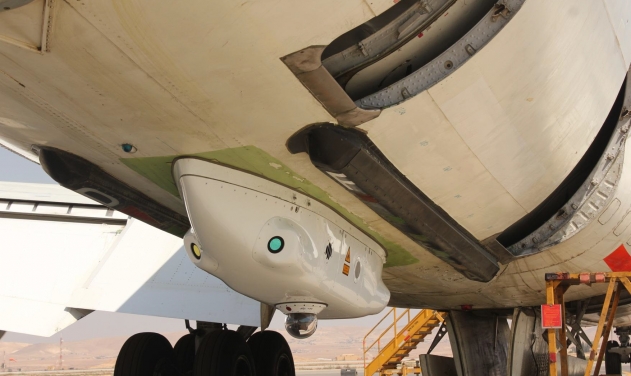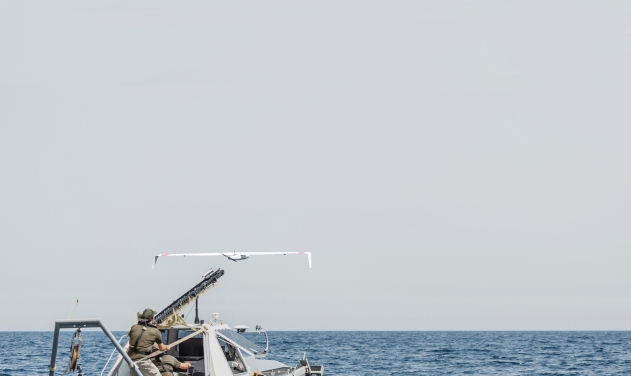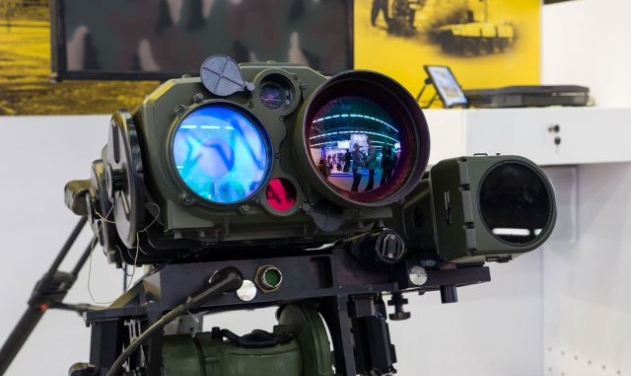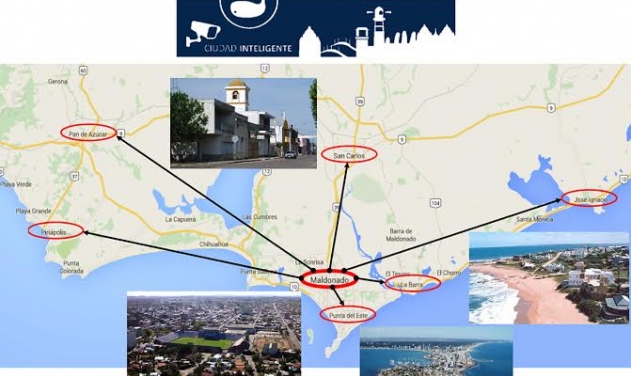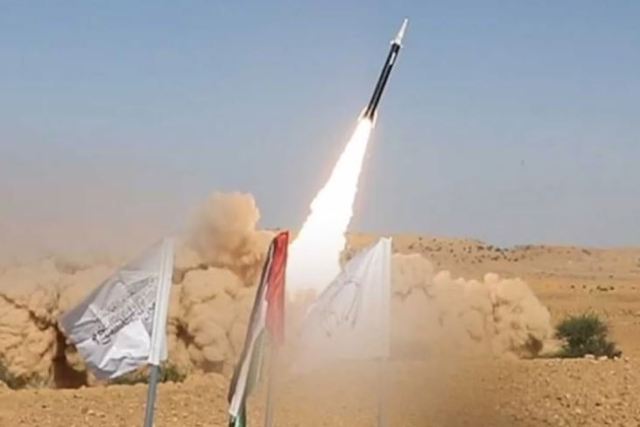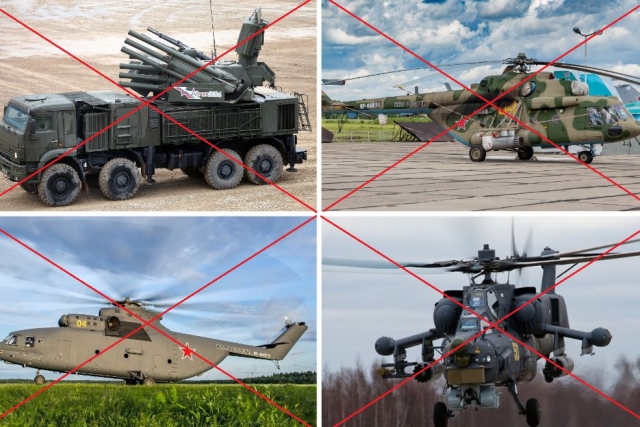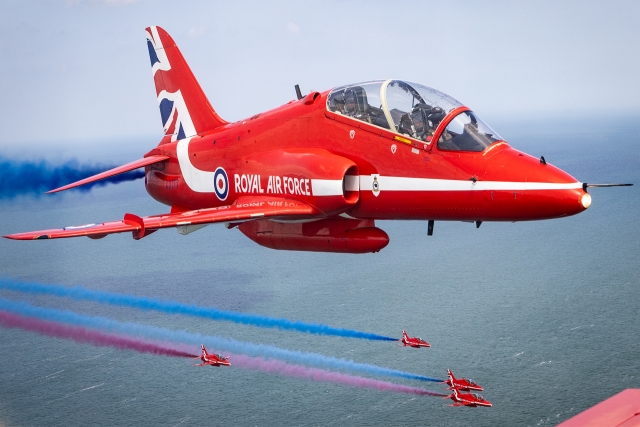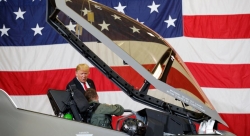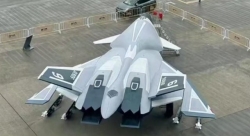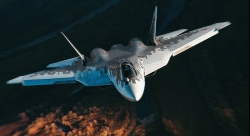US Elbit Systems To Display Common Laser Range Finder-Integrated Capacity At Modern Day Marine
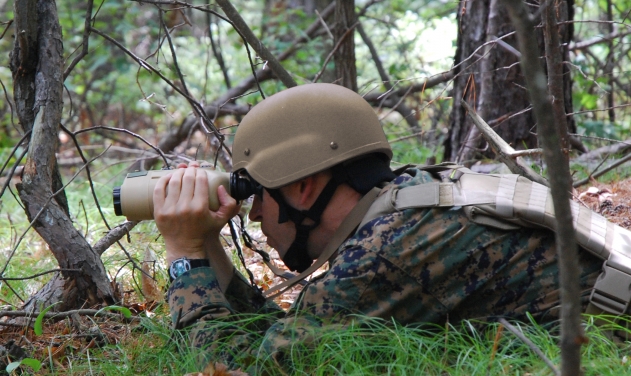
Elbit Systems of America has planned to display Common Laser Range Finder-Integrated Capacity (CLRF-IC) during Modern Day Marine, held from September 27 to 29, 2016.
CLRF-IC gives dismounted Marines a handheld targeting system that integrates a rangefinder, day and night cameras, GPS, and celestial positioning precision to Forward Observers, the company announced in a statement today.
Elbit Systems of America's product display also covers the Enhanced Joint Terminal Attack Controller Laser Target Designator (EJTAC-LTD), which is a light weight laser designator that combines day and night laser designation and marking with range finding capabilities. With this system, Forward Observers benefit from the digital magnetic compass and targeting message output to GPS systems.
The company also shows Common Intelligent Displays (CID/CID2) and Smart Display Units (SDU) that enhance the Marines ability to precisely fire high volumes of rockets and missiles into identified target areas.
Elbit's family of displays include a dual quad core processor, picture-in-picture overlay ability, and modular processing units tailored to meet mission requirements. They are capable of providing increased fire control data.
Elbit Systems will also highlight the Satellite-On-The-Move (SOTM) low-profile antennae. Mounted on any type of land vehicle, SOTM's advanced tri-band satellite antennae provides maneuver elements continuous voice, video, and data communications while in motion. When linked with Elbit Systems of America's CID or SDU, the SOTM antennae gives the USMC a technical advantage to destroy targets.
The company exhibits the electro-mechanical controls for the Tank Commander's Single Hand-station (TCSH), one of the heaviest pieces of land equipment in the USMC's portfolio - the M1A1 Main Battle Tank. This upgrade gives commanders an advantage in identifying and engaging threats. With reduced targeting engagement time and increased gunner-commander collaboration, this system improves the tank crew's ability to coordinate fires, extending lethality.
The display includes Unattended ground sensors (UGS), which are instrumental in protecting against advanced enemy encounters. The UGS distributed surveillance solution continuously monitors perimeters in any location across a sophisticated wireless sensor network. This networked solution gives Marines operating in hostile environments a pivotal advantage in identifying threats before engagement.
